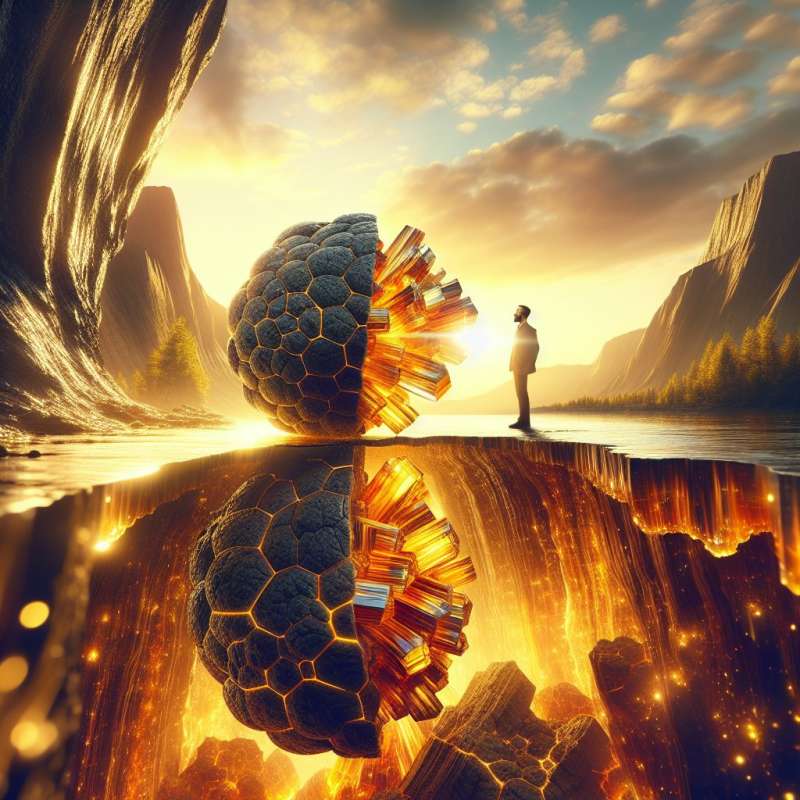
Rock Cycle Overview
The rock cycle is a continuous, dynamic process that describes the transformation of rocks through three main types: igneous, sedimentary, and metamorphic. This cycle is fueled by the Earth's internal heat and external forces like weathering.
Igneous Rocks Birth
Igneous rocks form from cooled magma or lava. Intrusive igneous rocks crystallize below Earth's surface, with large grains like granite. Extrusive igneous rocks solidify on the surface, with fine grains like basalt.
Sedimentary Rocks Layers
Sedimentary rocks are formed from particles or sediments deposited over time, often in layers. Compression and cementation of these sediments create rocks like sandstone. Fossils are commonly found here, recording Earth's history.
Metamorphic Transformation
Existing rocks transform into metamorphic rocks under extreme pressure and heat, yet not enough to melt them. This alteration can enhance their strength, leading to creations such as marble from limestone and slate from shale.
Rock Cycle Connections
Each rock type is interlinked. Igneous rocks can erode into sediments, forming sedimentary rocks. Sedimentary and igneous rocks can become metamorphic under Earth’s pressures. Metamorphic rocks can melt, starting the cycle anew as magma.
Weathering and Erosion
Weathering breaks down rocks into smaller pieces, a crucial step in creating sedimentary rocks. Erosion transports these pieces to new locations. Together, they reshape the Earth's surface and play a key role in the rock cycle.
Rock Cycle's Deep Impact
The rock cycle isn't just surface-level; it extends deep into the Earth's mantle. Subduction carries surface rocks into the mantle, contributing to magma formation, which can lead to volcanic eruptions that bring new igneous rocks to the surface.Oldest Rocks on Earth
Some rocks on Earth are over 4 billion years old, predating most life forms and providing clues about our planet's early history.
What drives the rock cycle?
External forces like weathering
Earth's internal heat
Internal heat and external forces
Company